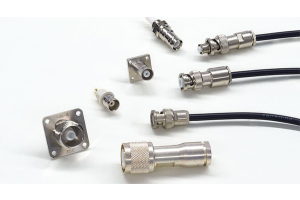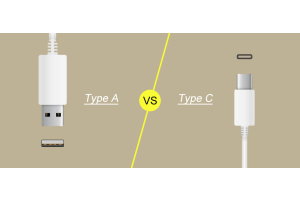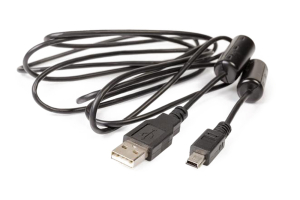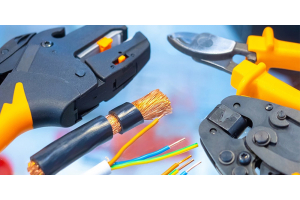What is RF Cable: Coaxial Cable Turorial

What is RF Cable
RF cable, also called coaxial cable, is a wire and signal transmission line. It consists of a mutually coaxial inner conductor, an outer conductor, and a medium that supports the inner and outer conductors. Coaxial cable is generally composed of four layers of material: the innermost is a conductive copper wire. In contrast, the outside of the wire has a layer of plastic (used as an insulator or medium) around it. Outside the plastic, there is a thin layer of mesh conductor (usually copper or alloy), and then the outermost is a layer of insulating material as the outer skin.
RF cable is an indispensable component of various radio communication systems and electronic equipment. Widely used in wireless communications and broadcasting, television, radar, navigation, computers, and instruments.


Coaxial cable can transmit digital signals, can also transmit analog signals. What is the specific signal depends on the way the cable station uses what transmission, impedance is generally 75 ohms. For example, the traditional Closed-circuit television coaxial cable transmits radio frequency signals, and our common audio and video cables also belong to the category of coaxial cable.
Coaxial Cable Transmission Distance
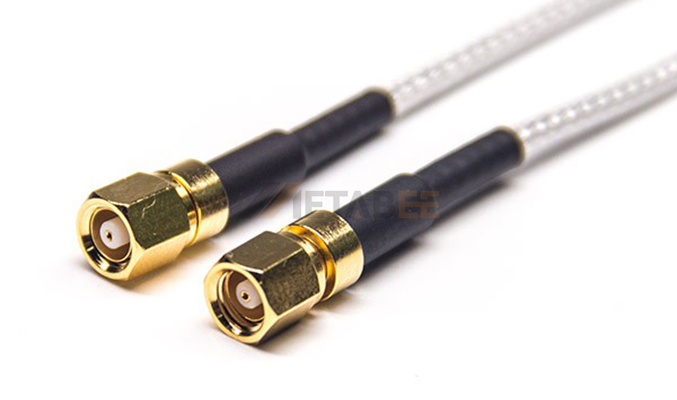

Coaxial cable is only suitable for close distance transmission of image signals, when the transmission distance reaches about 200 meters, the image quality will be significantly reduced, especially the color.
Coaxial Cable Classification
By Usage


Baseband coaxial cable: The shield of the cable commonly used for the baseband is made of copper in the form of a mesh with a characteristic impedance of 50 (such as RG-8, RG-58, etc.).
Broadband coaxial cable: The shield of the cable commonly used for broadband coaxial cable is usually stamped with aluminum, and the characteristic impedance is 75 (such as RG-59, etc.).
By Diameter Size
Thick coaxial cable: It is suitable for larger local networks, and it has a long standard distance and high reliability. Since the cable does not need to be cut off during installation, the computer access position can be flexibly adjusted as needed. However, coarse cable networks must install transceiver and transceiver cable, which is difficult to install, so the overall cost is high.
Fine coaxial cable: Installation is simpler and less expensive, but because the cable must be cut off during installation, the basic network connector (BNC) must be installed at both ends and then connected to both ends of the T-connector, so when there are many connectors, it is easy to create the potential for poor contact, which is one of the most common failures of Ethernet in operation.
By Insulation Material


Plastic insulated cable: A mixture of stabilizer, plasticizer, flame retardant, lubricant, and other additives is added to PVC powder. The cost is low, and it can be effectively controlled in terms of wire surface color difference, light and dullness, printing, processing efficiency, softness and hardness, conductor adhesion, mechanical and physical properties, and electrical properties of the wire itself; it has very good flame retardant properties.
Rubber insulated cable: Silicone rubber has high resistivity and its resistance value remains stable over a wide range of temperatures and frequencies. At the same time, silicone rubber has good resistance to high-voltage corona discharge and arc discharge. Very soft, with good elasticity, odorless and non-toxic, not afraid of high temperature, and resist cold, long time in ultraviolet light and other climatic conditions, its physical properties also have only a small change. Its physical properties change only slightly under ultraviolet light and other climatic conditions for a long time.
Inorganic mineral insulated cable: Inorganic mineral insulated cable is a copper sheath with a copper conductor core. It is fire resistant, high operating temperature, long life, waterproof, high mechanical strength, large current-carrying star, and high corrosion resistance. It is widely used in high-rise buildings, petrochemical industry, airports, tunnels, ships, offshore oil platforms, aerospace, iron and steel metallurgy, shopping centers, parking lots and other occasions.
By Flexibility
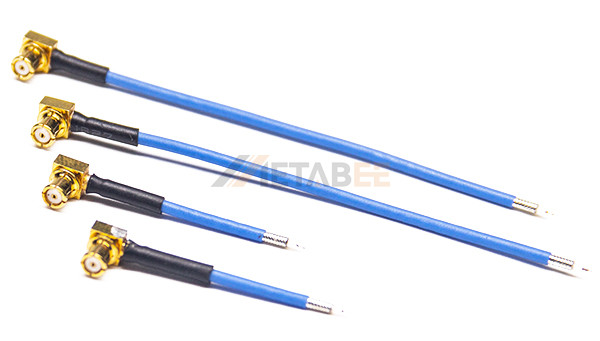

Semi-rigid cable: As the name implies, these cables are not easily bent and shaped, and their outer conductors are made of aluminum or copper tubes, which have a very small RF leakage (<-120dB) and cause negligible signal crosstalk in the system. The passive intermodulation characteristics of this cable are also very desirable. To bend to a certain shape, a special forming machine or a manual grinding tool is required. In exchange for such a troublesome process, the semi-rigid cable uses a solid PTFE material as the filling medium. This material has very stable temperature properties, especially at high temperatures, and has very good phase stability. Semi-rigid cables are more costly than semi-flexible cables and are used in a large number of applications in various RF and microwave systems.
Semi-flexible cable: It is an alternative to semi-rigid cable, which is close to the performance index of semi-rigid cable and can be formed by hand. However, its stability is slightly less than that of semi-rigid cables, and because it can be easily molded, it is equally prone to deformation, especially under long-term use.
Flexible cable: It is a "test grade" cable. Flexible cables are very expensive compared to semi-rigid and semi-flexible cables because there are more factors to consider when designing a flexible cable. Flexible cables need to be easy to bend multiple times and still maintain performance, which is the most basic requirement for a test cable. Flexibility and good electrical specifications are a contradiction and the main reason for the high cost.
Different Categories of Coaxial Cables


SFF Teflon insulated RF coaxial cable--(Executive standard SJ1563)--US military standard RG series coaxial cable (MIL-C-17)
Suitable for radio communication equipment, fixed laying of high frequency, ultra-high frequency transmission lines and similar high frequency electronic devices, for the transmission of radio frequency signals inside and outside the equipment. The series of products comply with EU RoHS requirements, with SGS test report.
Andrew physical high foam CATV RF coaxial cable
With low transmission attenuation, small VSWR and good shielding effect, the products are suitable for cable TV, computer network and mobile communication to transmit video, audio and data information, etc. Using production equipment and testing instruments imported from the United States and mature production technology, we produce two series of RG and SYWV(Y) cables, covering more than 100 varieties of standard shielded, four-layer shielded, argon-arc welded aluminum tube, overhead moisture-proof, buried cable, self-supporting and so on.
All kinds of indexes exceed the national class L standard and relevant international standards, and have obtained the network entry license issued by the General Administration of Radio, Film and Television, and have passed the ISO9001:2000 quality system certification and American UL certification. Most of the products are exported to Europe and America and are used by many large CATV networks in China, which is one of the best CATV cables in China.
Power supply type RF coaxial cable
It is a kind of coaxial cable used in the common antenna system of cable TV. This cable is composed of a core wire, a core wire insulation sheath, a network wire conductor, a network wire insulation sheath, and an outer conductor for power supply and an outer conductor insulation sheath in the cable. The outer conductor can be either the outer conductor of the net line or the outer conductor of the core line.
The cable can transmit TV signals, but also feed DC power supply, can be implemented networking power supply, and do not add inductive capacitor pieces in various component circuits, reduce the source of a thousand disturbances and TV signal attenuation. In particular, the cable using the outer conductor of the network cable, the core line to play a better shielding effect, with the advantages of preventing the leakage of television signals, improve the shielding parameters, prevent the core line galvanic corrosion.

